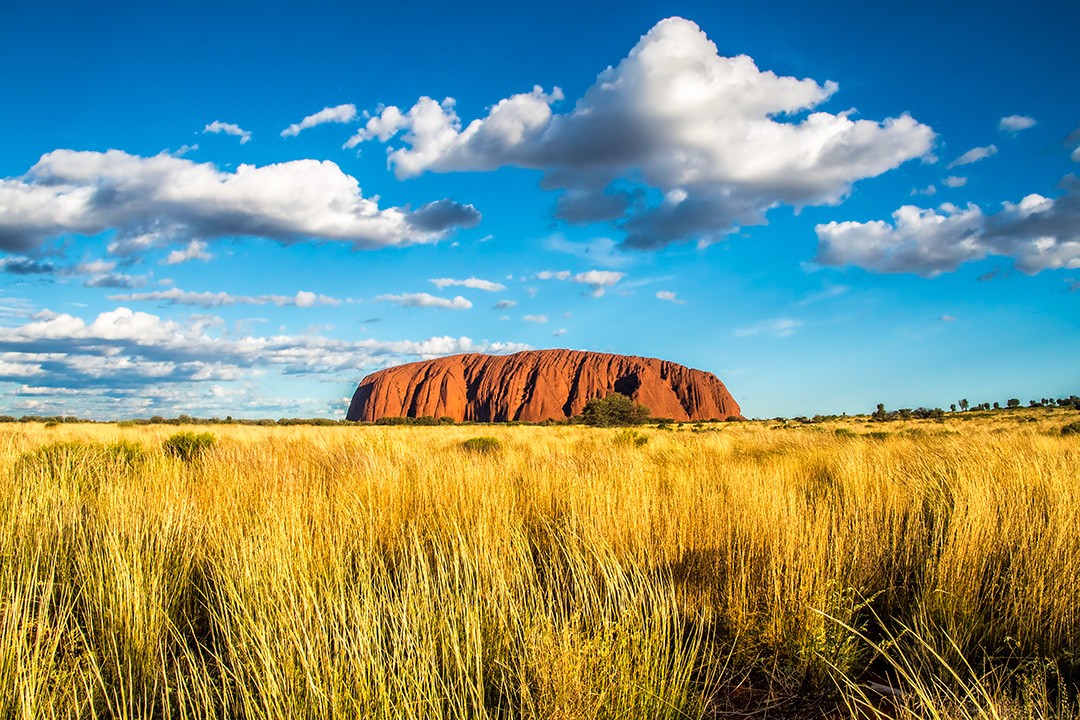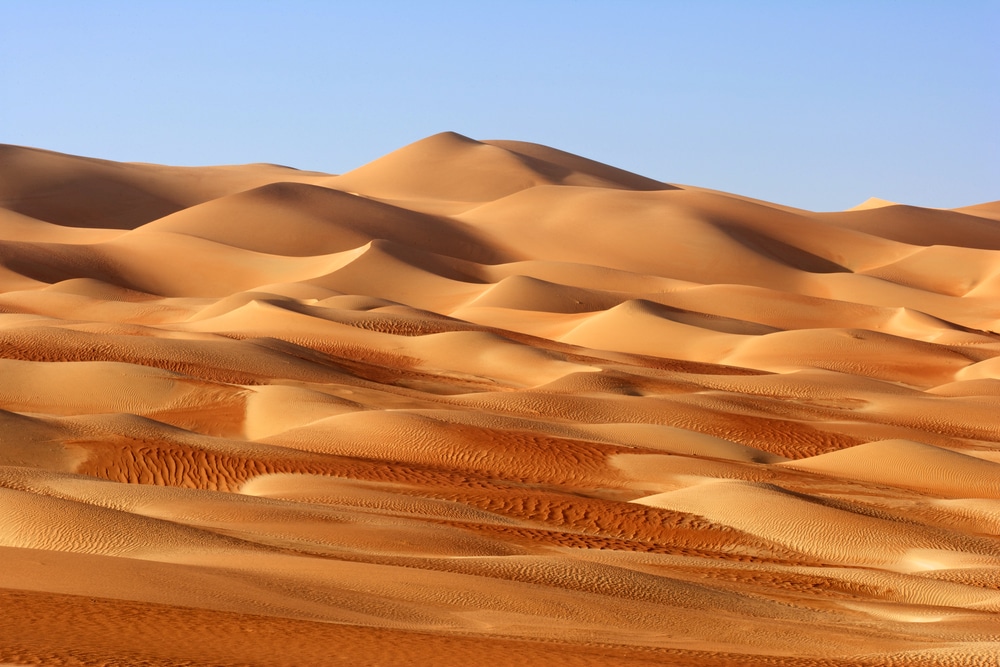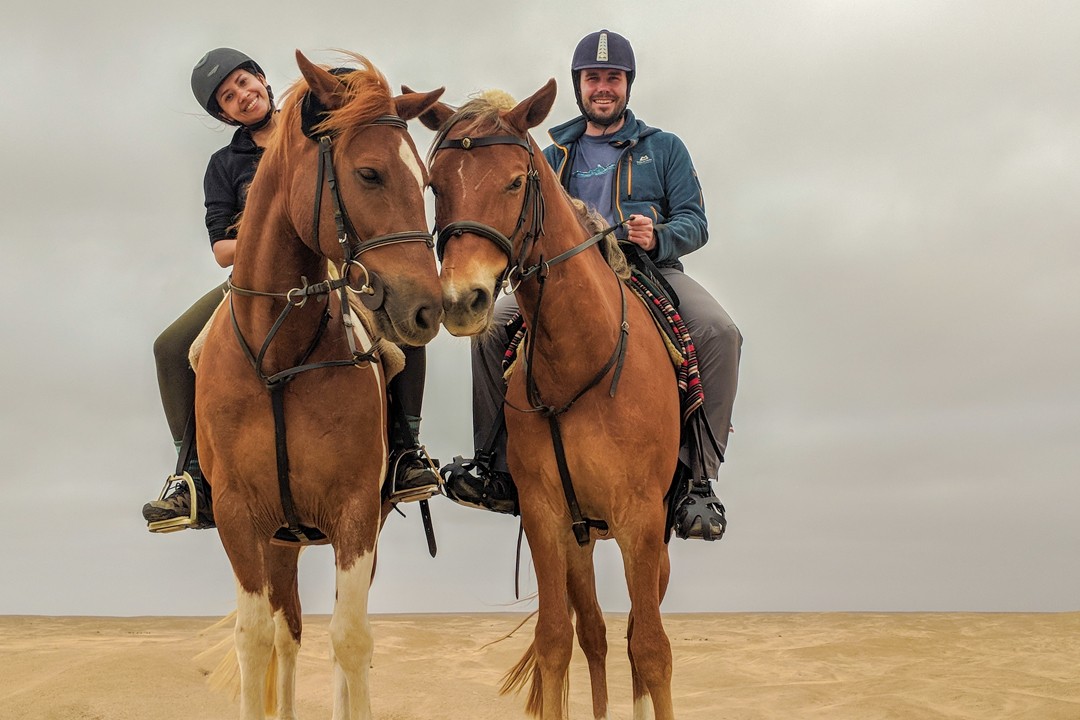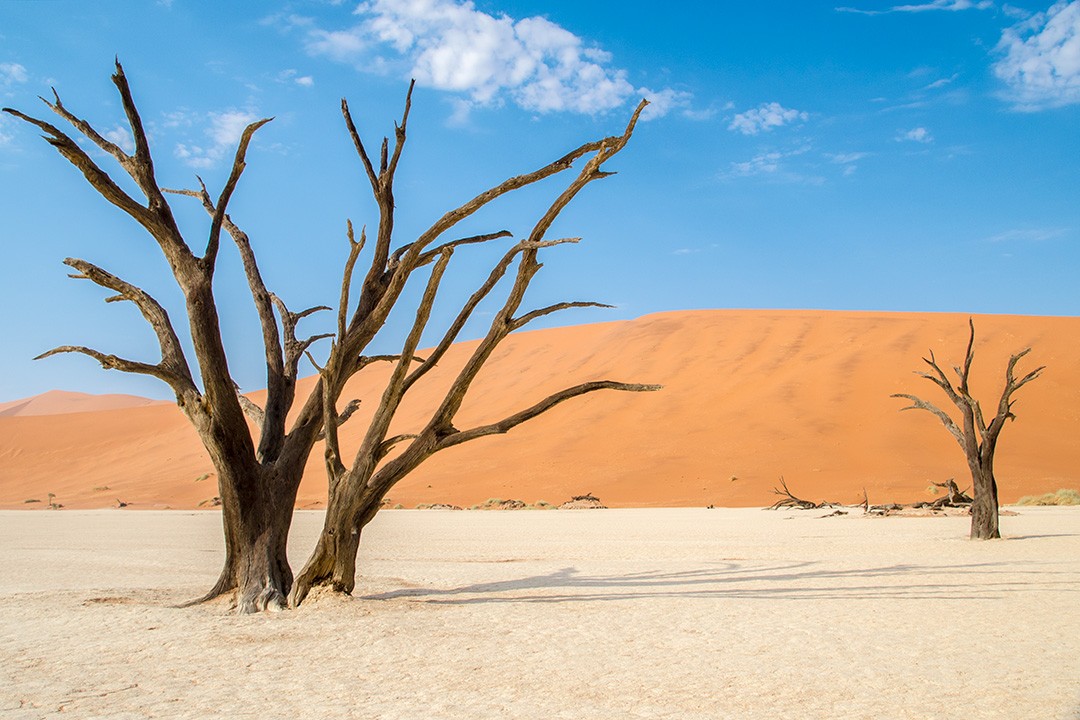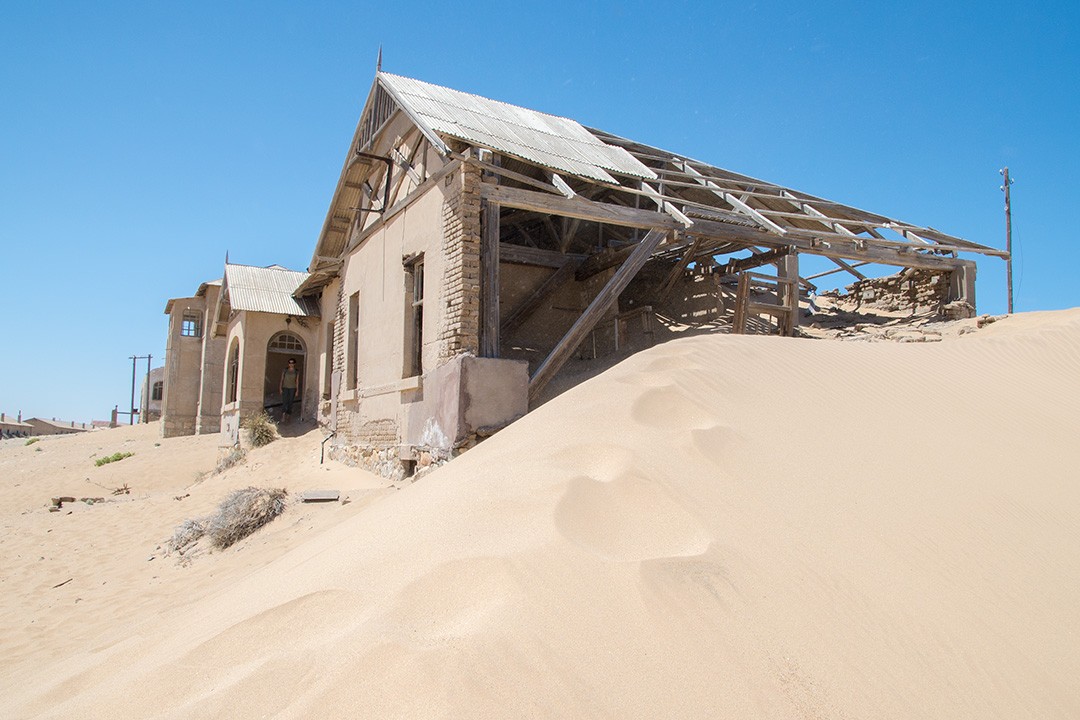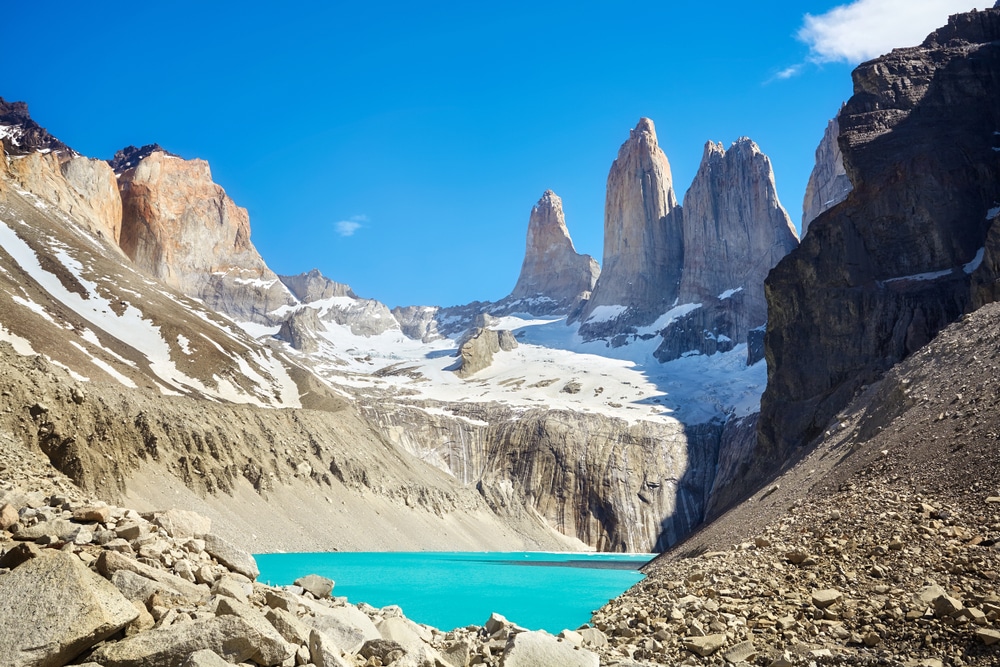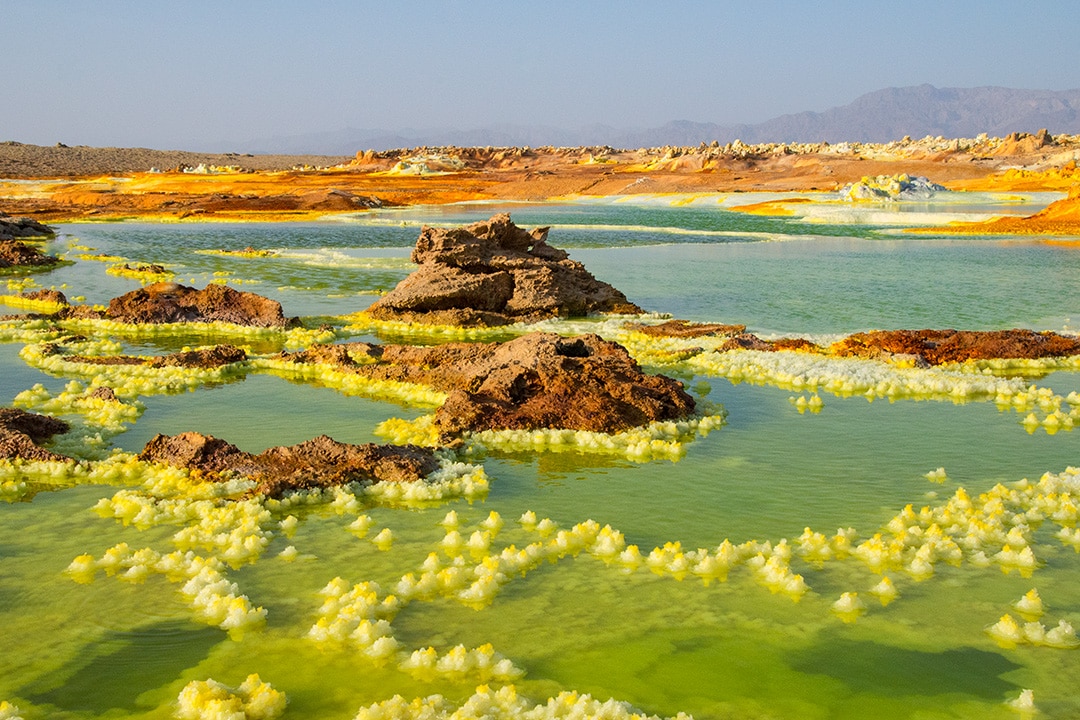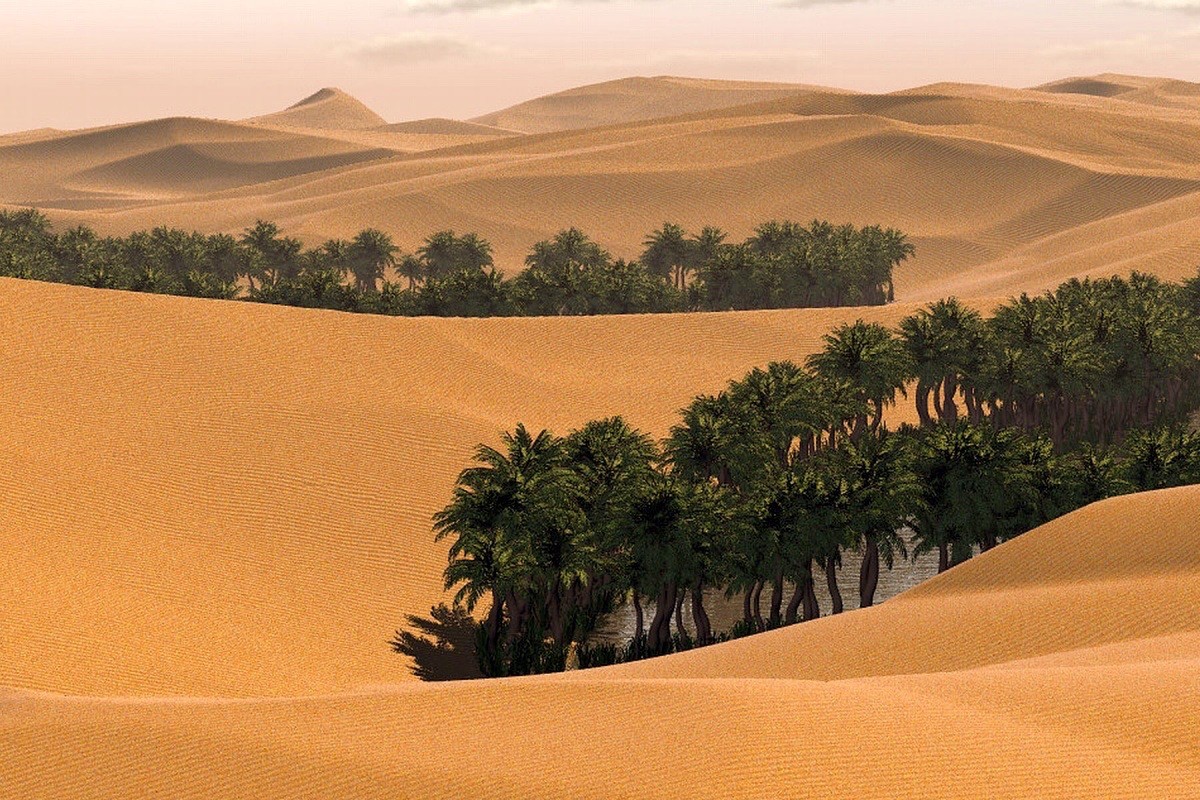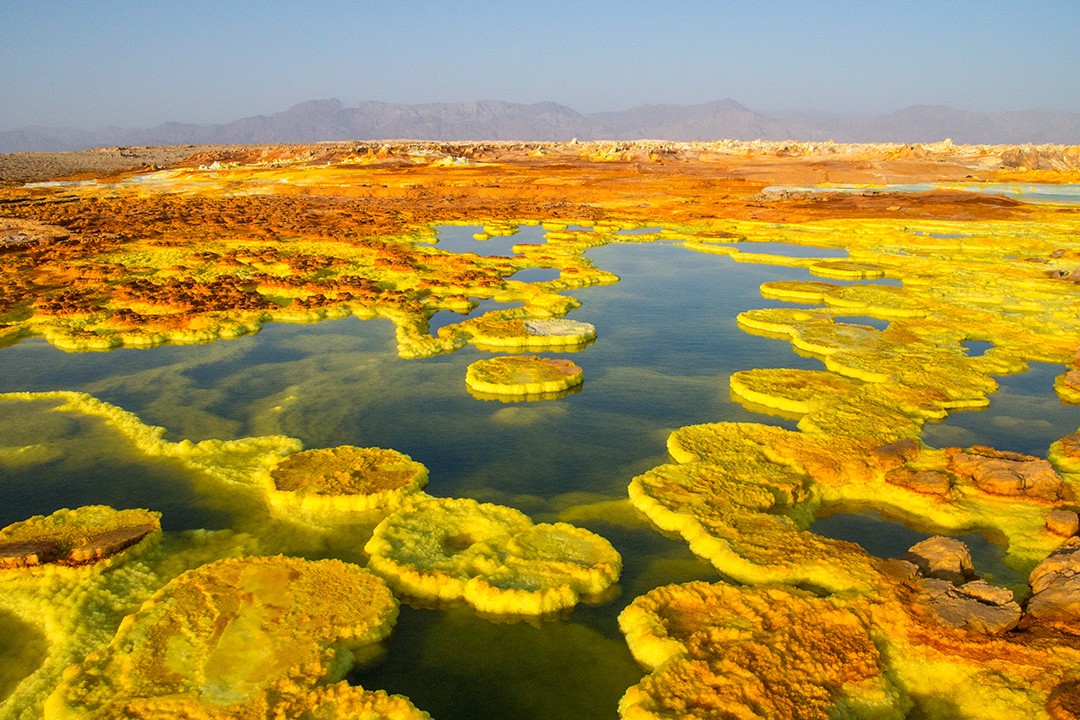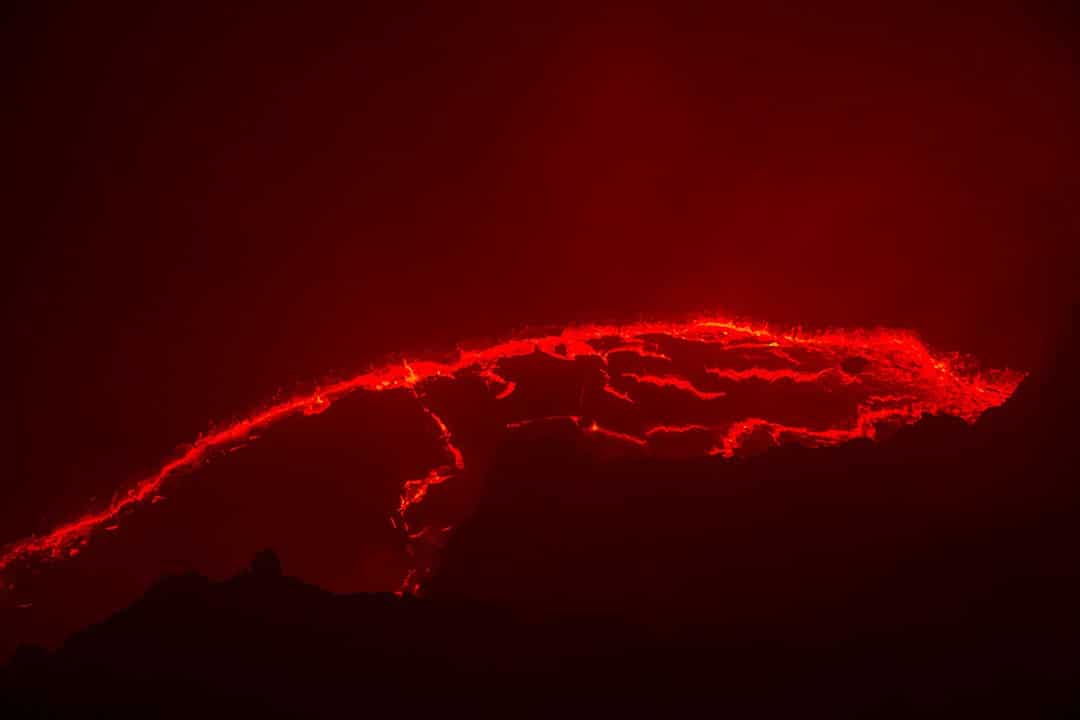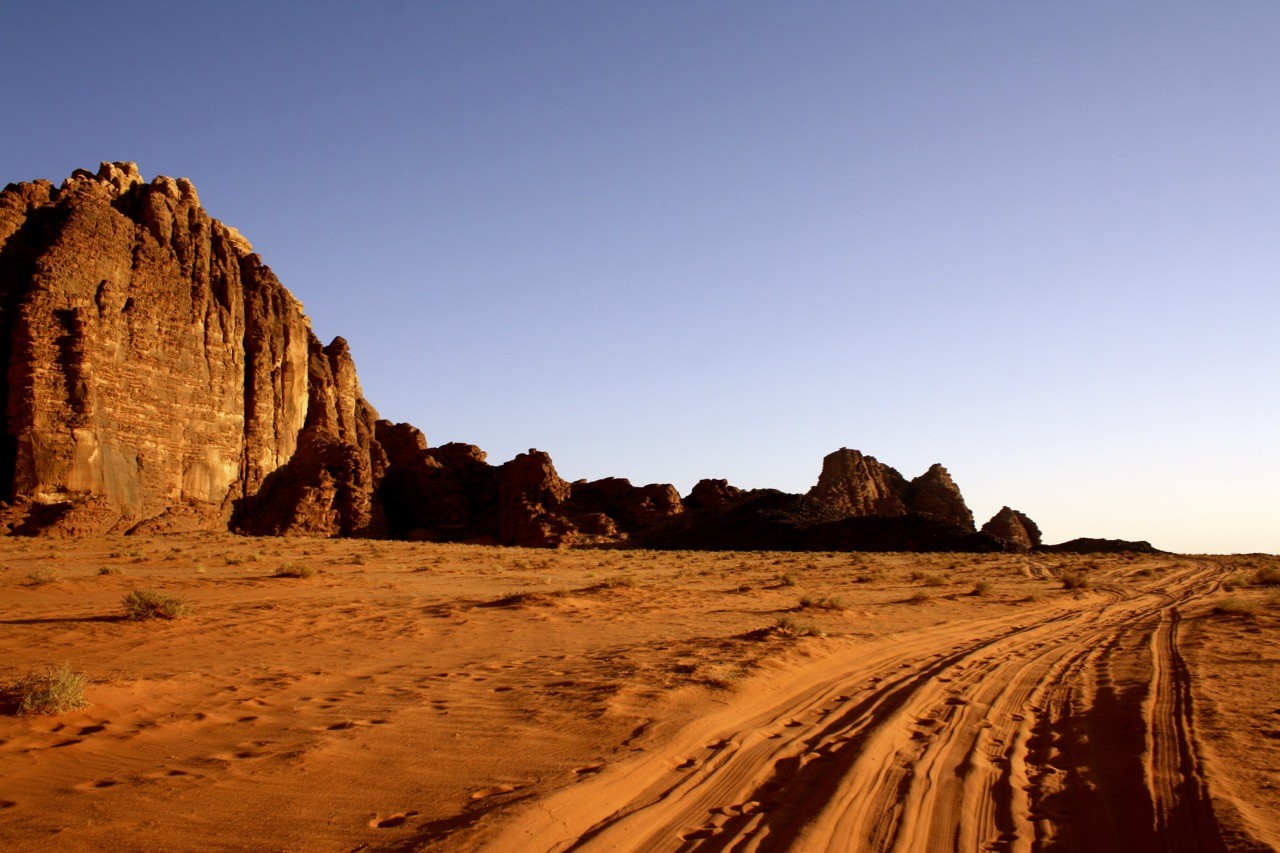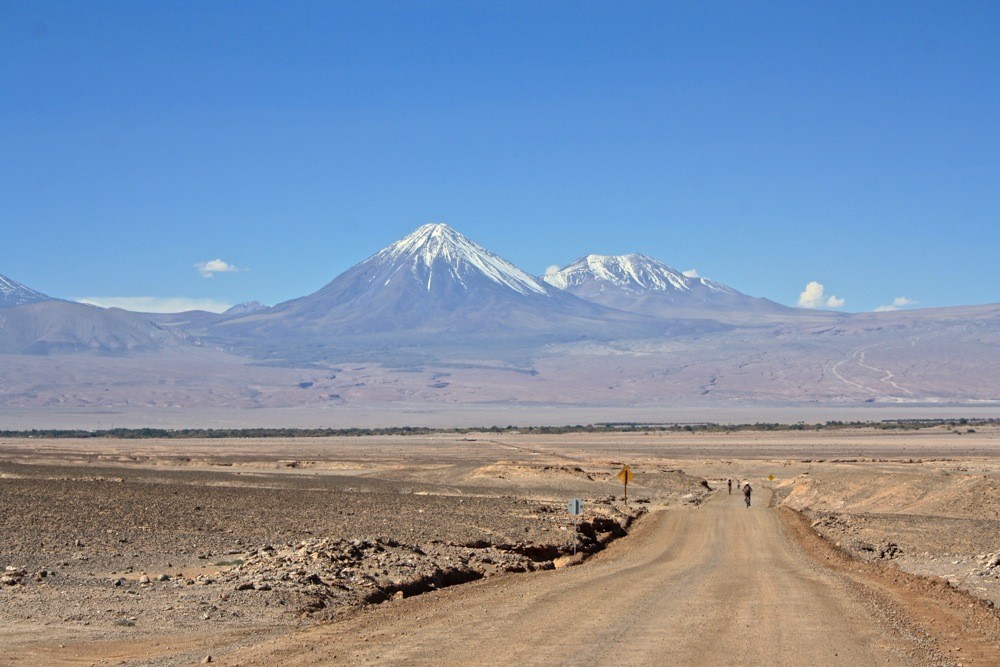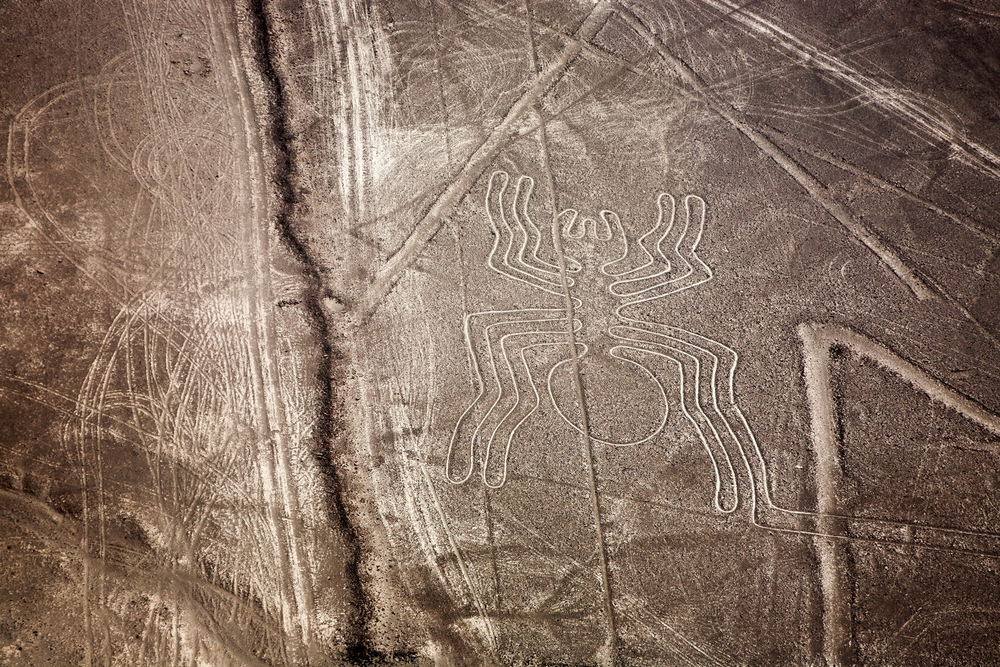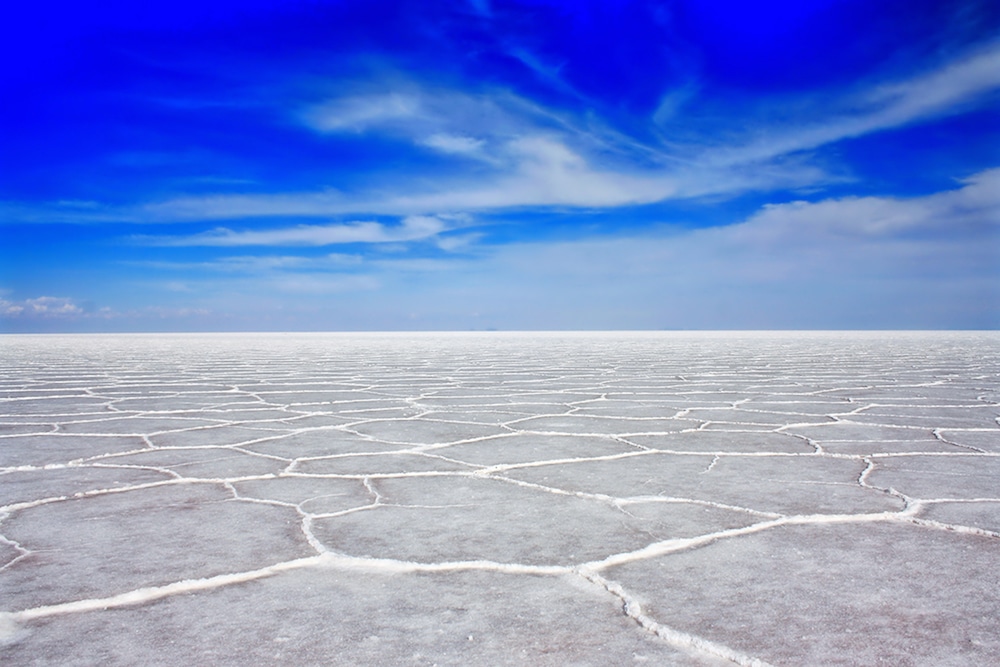A 1,500km detour and two nights’ camping with spiders, snakes and dingoes – would the Uluru Rock Tour prove worth the pain?
Uluru, that iconic behemoth, that clay-red monolith, that sun-scorched sentry… that epic pain in the backside.
Yes, it’s big and, yes, it’s special, but bloody hell it’s far away. Almost right in the middle of Australia, Uluru is a major endeavour. Nearly every other sight in the country is scattered along the coast, which means planning a trip to Uluru involves a hefty detour from the rest of your route.
